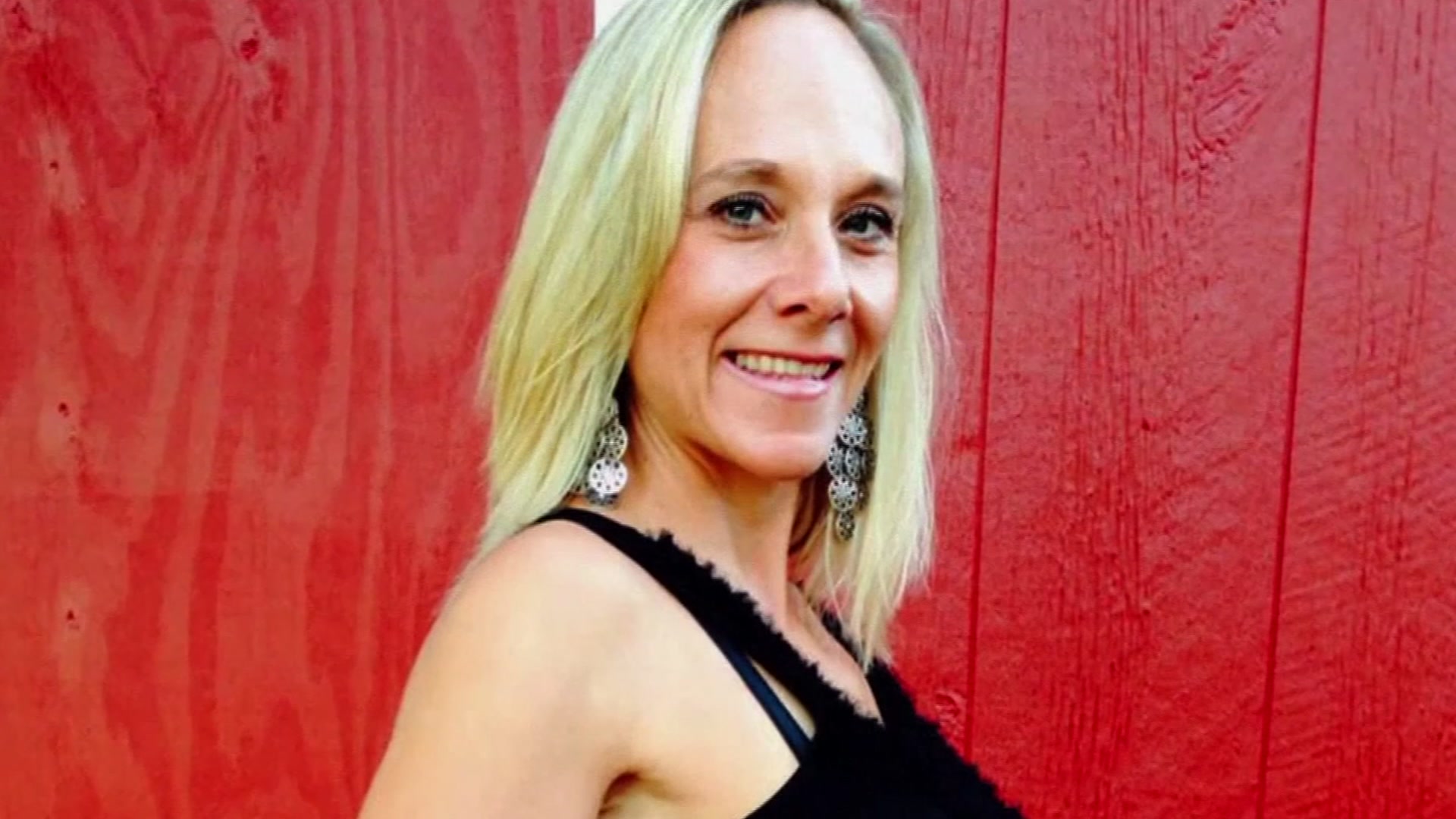Since the beginning of the year, 41 Texas children have drowned and nearly half of those deaths occurred in a residential and apartment pool, according to the Texas Department of Family Protective Services.
Later this summer the Injury Prevention Center of Greater Dallas will release a 5-year report showing drowning is the leading cause of injury deaths for children age one to nine in Dallas County. Yet, NBC 5 Investigates Consumer Unit has learned that at the state level, Texas has little legislation to protect children.
"Kids are dying in Dallas. Kids are dying in Texas and they don't have to die because of childhood drownings. There is a way to fix this problem." said Shelli Stephens-Stidham, director of the Injury Prevention Center of Greater Dallas.
While other pool-popular states like Florida, Arizona and California have state laws requiring some level of protection on some residential pools, like a fence or an alarm, Texas has no legislation and leaves it to cities and municipalities to make their own rules.
"This is a major community health issue for Texas. We have to come to terms with this. We have to explore all the possible solutions." said Tyler Emler, a water safety expert and the Director, Lone Star Lifesavers.
Safety experts said drowning can be prevented and mandating certain safety precautions around residential pools can help. Others argue state legislation in residential backyards goes too far.
"State law currently empowers local governments to enact pool safety regulations. Ensuring pool safety is a priority that is best left to parents, caregivers, neighbors, and local authorities," said Brent Connett, with Texas Conservative Coalition, a legislative caucus which promotes limited government and individual liberty.
Local
The latest news from around North Texas.
Since 2007, annual reports from the Texas State Child Fatality Review Team, made up of local experts, has recommended to the governor and the state legislature that they pass legislation requiring new residential swimming pools to have four-sided isolation pool fences installed that completely separates the house and yard from the pool. Yet no action has been taken.
North Texas cities like Dallas and Plano do have some safety rules for residential pools, yet statewide bills, like one recently introduced by Fort Worth Sen. Wendy Davis, fizzle or flat-out fail.
"We ran headlong into some opposition from businesses that really didn't want to have to comply with this," said Davis.
"New, statewide swimming pool regulations would be an ineffective and unnecessary substitute for responsible supervision of children around a pool," said TCC's Connett.
Gov. Rick Perry did not respond to NBC 5's questions on this issue.
Safety experts said drowning prevention needs layers. At the helm is parental supervision, but a quick, curious child can slip past even the most attentive parent. That's what happened to Elysia Buerger's 3-year-old daughter months ago.
Without a scream, or even a peep, she silently slipped into the backyard pool. Buerger said after a 4-month hospital stay and intense therapy, she didn't know if her daughter would ever be the same.
"I had an infant in a 2-year-old body re-teaching her everything, everything," said Buerger.
More than 5,000 kids a year in the United States are victims of nearly drowning and could face lifelong complications. About 390 kids under the age of 15 die every year in pool and spa-related drownings, according to a 2013 CPSC report. It also found 73-percent of those deaths occurred in backyards. In Texas, 37 kids died in pools last year according to the Texas Department of Family and Protective Services. It was 48 in 2011.
"Never in a million years did I think that we would be in this situation," said Buerger.
Experts said there needs to be a secondary level of protection, like an alarm on the pool or back door. But they added a four-sided fence, isolating the pool from the house and yard, is best.
"This has been scientifically evaluated for many years. It is the gold-standard for preventing childhood swimming pool drownings," Stephens-Stidham of the IPC of Greater Dallas.
The American Academy of Pediatrics said this type of fencing can cut the risk of drowning by more than 50 percent.
"People don't balk at the idea that parents are required to put their child in car seats. It's a safety issue, and everyone accepts it now. I think if pool fence legislation were to be made stricter, I think that we would have the same clarity of hindsight" Emler said.
According to the 5-year report on childhood injury deaths, 36 children age one to nine died from drowning between 2007 to 2011. Twenty were killed in car accidents during that time. Based on this report the IPC will again recommend policy for pool fencing.
"It is recommended that policy (municipal ordinance or state legislation) be adopted requiring new residential swimming pools to have a four-sided isolation fence installed that completely separates the house and play area of the yard from the pool. The fence should be at least four feet high and have a self-latching, self-closing gate that opens outward with latches that are out of reach of children," according to the IPC policy.
"We need a big public outcry. We have about an average of nine kids die every year in Dallas County as a result of drowning. And we need somebody to get upset and say, 'We're not going to take this anymore,' " Stephens-Stidham said.
The Aquatic Professionals Education Council, a Texas Advocacy Group representing the pool industry, has supported some past statewide pool safety legislation where it believed the industry didn't face the brunt of liability. But it opposes mandating pool fencing.
"APEC supports consumer choice. Some consumers may desire four-sided fencing, others may not," APEC's Steve Koebele told NBC5.
But Buerger, who has seen first-hand the effects of a drowning, said parents shouldn't wait for lawmakers and they need to take their own precautions.
"Please be preventative. Be proactive. Get them swim lessons," said Buerger.
"Formal swim lessons are linked to an 88 percent reduction in drowning incidents," Emler said, adding that local programs are often offered free or at a reduced cost if parents need assistance.
Buerger said what happened to her daughter can happen to anyone so she advocates for the layered approach to drowning prevention.
"Get a pool alarm. Get back locks. Get a gate. Anything you can do. The more barriers, the less likely something can happen," Buerger said. "The fact that she's still here is an absolute blessing but I would hate to see anyone else in my shoes."



